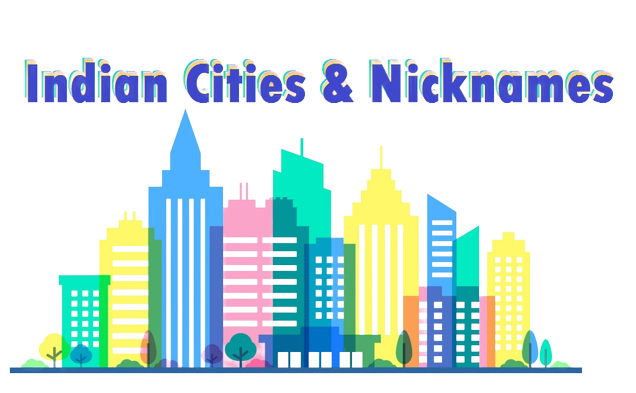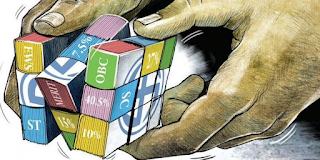SWACHH SURVEKSHAN 2023

UPSC/TNPSC CURRENT AFFAIRS The theme of Swachh Survekshan 2023 is “Waste to Wealth” for garbage-free cities. This theme is aligned with the Swachh Bharat Mission Urban (SBMU) 2.0’s commitment to promoting circularity in waste management. The Ministry of Housing and Urban Affairs said the survey will give priority to the principle of “3Rs” — ‘Reduce, Recycle and Reuse’. Swachh Survekshan 2023 is the eight edition of Swachh Survekshan What is Swachh Survekshan? Swachh Survekshan is the world’s largest urban sanitation and cleanliness survey. The survey brought substantive changes at the ground level. It is being conducted by the Ministry of Housing and Urban Affairs (MoHUA) since 2016. Swachh Survekshan 2022 covered 4,355 cities and 85,860 wards. The survey involved visiting around 2.12 lakhs locations. Swachh Survekshan 2022 has been completed and the results are under preparation. The survey is not just an assessment tool but rather an inspirational tool. The survey provides an opportu...

















